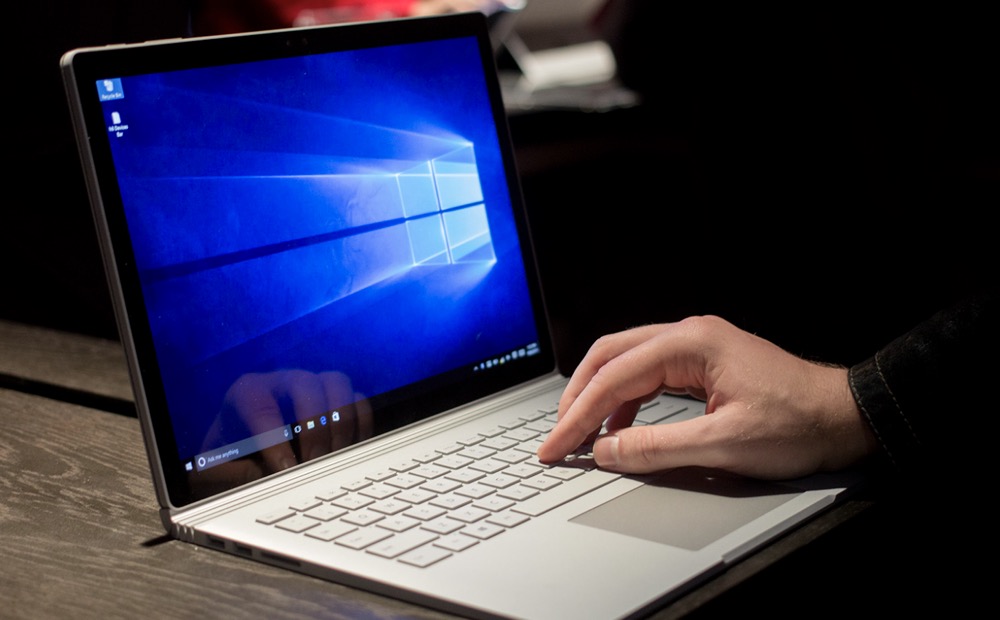This minHour teaches you how to erase and reinstall Windows on a Dell computer's hard drive. If you just want to erase everything on the hard drive to clean-install Windows or remove a virus, you can use the Windows 10 "Reset" option; otherwise, most Dell computers have a hidden repair drive that you can use to reformat the main hard drive. If your Dell has neither of these options, you can use a Windows installation disc instead. Before reformatting your Dell, consider backing up your data to an external hard drive, as everything on your computer's hard drive will be erased when you format it.
Using Windows Reset
Open Start.
Click the Windows logo in the bottom-left corner of the screen. The Start menu will open.
Open Settings.
Click the gear-shaped icon in the lower-left side of the Start window.
Click Update & Security.
You’ll see this icon near the bottom of the Settings window.
Click the Recovery tab.
It’s on the left side of the window.
Click Get started.
This is below the “Reset this PC” heading at the top of the page.
Click Remove everything when prompted.
It’s at the top of the pop-up window.
Click Remove files and clean the drive.
This option deletes everything from your hard drive and then reinstalls Windows for you.
- You may see a warning about not being able to roll back to a previous version of Windows here. If so, click Next before continuing.
Click Reset when prompted.
Your computer will begin resetting itself.
Click Continue when prompted.
Once your computer finishes resetting, you’ll see this at the top of the page. Clicking it will take you to the setup page.
Follow the on-screen prompts.
You’ll select a language, connect to a Wi-Fi network, and perform other setup tasks to complete the Windows 10 reinstallation.
Using the Dell Computer Repair Drive
Restart your computer.
Click, click, and click in the pop-up menu.
Open the “Advanced Boot Options” menu.
As soon as you see the Dell logo appear, begin repeatedly tapping the F8 key. If you time this correctly, you should see the Advanced Boot Options screen appear.
- If you see the Windows logo appear before you press the key, you’ll have to restart the computer and try again.
Select Repair Your Computer and press ↵ Enter.
Use your computer’s ↓ arrow key to select this option.
Select a language.
Click the “Language” drop-down box, click the language that you want to use, and then click .
Log into your account.
Select your account, then enter your password. Your account must have administrator privileges for you to continue.
Click Dell Factory Image Restore when prompted.
This will open the Factory Image Restore window.
Click Next.
It’s in the bottom-right corner of the window.
Confirm your decision to format the computer.
Check the “Yes, reformat hard drive and restore system software to factory condition” box if it isn’t already checked.
Click Next.
It’s in the bottom-right corner of the window. Doing so will prompt your Dell’s hard drive to begin erasing and reformatting.
- This process can take several hours, so just make sure that your Dell is plugged into an electrical outlet.
Click Finish when prompted.
Doing so will restart your computer. Your Dell should now be back to its original, clean settings.
Using a Windows Installation Disc
Make sure that you have a Windows installation disc.
With a few tweaks to your computer’s settings, you can prompt your computer to boot from the CD rather than from the main hard drive, allowing you to erase the hard drive and then reformat it.
- If you don’t have a Windows installation disc, you can make one by downloading the Windows 10 installation tool ISO from the Windows 10 installation page and then burning the ISO onto a DVD.
Insert your Windows disc into the computer.
Place the disc logo side-up in the DVD tray, then close the tray.
Restart your computer.
Click, click, and click in the pop-up menu.
Wait for the “Press any key to boot from disc” prompt to appear.
On most Dell computers, inserting a Windows installation disc will prompt the computer to select the disc as the boot option.
- If your computer completely restarts without this prompt appearing, you’ll need to change your BIOS boot order.
Press any key on your keyboard.
Doing so will start the disc booting sequence.
Select a language.
Click the “Language” drop-down box, click the language that you want to use, and click in the bottom-right corner of the window.
Accept the terms of use.
Check the “I accept the license terms” box, then click .
Click Custom.
It’s in the middle of the window. This will prompt a list of your computer’s connected hard drives to appear.
Select your Dell’s hard drive.
Click the hard drive with on it to select it.
- If you don’t see a (C:) option, look for a drive with the largest amount of space on it.
Click Format.
It should be near the bottom of the page. Doing so will erase your hard drive and reformat it according to Windows defaults.
- You may be prompted to select a file system. If so, select NTFS and click OK.
- The reformatting process can take several hours, so just make sure that your computer is plugged into a power source.
Click Next or Continue when prompted.
Doing so completes the formatting process.
Follow the on-screen instructions.
There should be a “Reinstall Windows” option here; clicking it will begin the Windows reinstallation process, at which point you can follow the on-screen prompts to finish reinstalling Windows.
